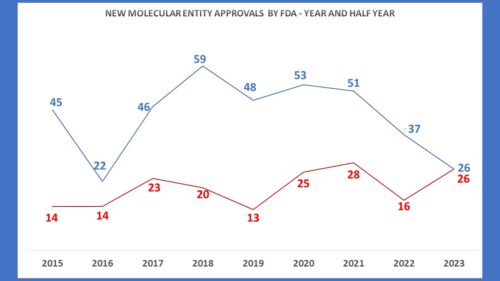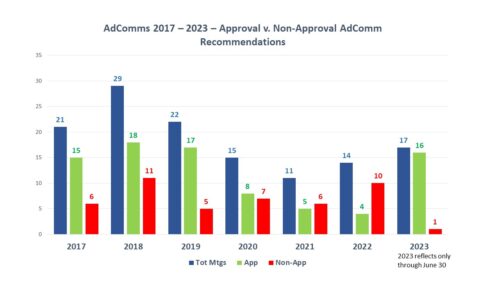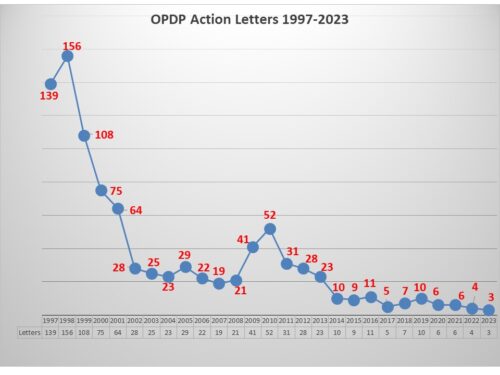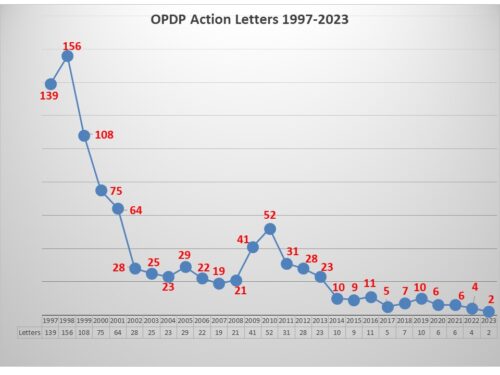
FDA announced this week the formation of a new advisory committee – the Digital Health Advisory Committee – for the purpose of providing the agency with advice on matters related to digital health technologies (DHT). FDA does not form new advisory committees all that often, making it a notable development in more than one respect.
FDA stated in the agency’s press release that the committee’s subject matter jurisdiction will include helping the agency explore and assess issues regarding artificial intelligence/machine learning (AI/ML), augmented reality, virtual reality, digital therapeutics, wearables, remote patient monitoring and software. That is a broad spectrum of subject matter. The AI/ML portion alone is growing rapidly in breadth as is its uptake.
Simultaneous to the announcement, the agency began recruiting for its membership for the nine members the agency is seeking to comprise the membership of this committee. By design there are currently none voting members – which includes the Chairperson – comprising the committee. FDA is looking for a consumer organization to fill a voting slot and nominations and self-nominations will be considered by the agency to fill both consumer and individual seats. According to the Federal Register notice, individuals should be “full-time employees of firms that manufacture medical device products, or consulting firms that represent manufacturers or have similar appropriate ties to industry.”
The agency provided examples of areas where the Commissioner may seek advice which included real world data and evidence, patient generated health data, personalized medicine and use of DHTs in clinical trials to name a few. Right now it is a stand-alone committee subject matter area, not housed under Human Drugs Advisory Committees or Medical Devices. Given the speed and span with which AI/ML is developing, it is easy to think that there will be a basis for future expansion and just as Medical Devices is sub-divided into panels by subject matter jurisdiction, one could imagine the future of the new committee taking on a similar structure given the prolific nature of DHT.
Troy Tazbaz, director of FDA’s Digital Health Center of Excellence stated in the FDA press release – “Many of these technologies are novel and tend to rapidly change; it’s our duty to seek as much knowledge on them as possible as we determine and implement appropriate regulation to encourage innovation while protecting the public health.” This is one to keep an eye on for sure – not only to see what subject matter comes before the committee, but how rapidly it grows.







